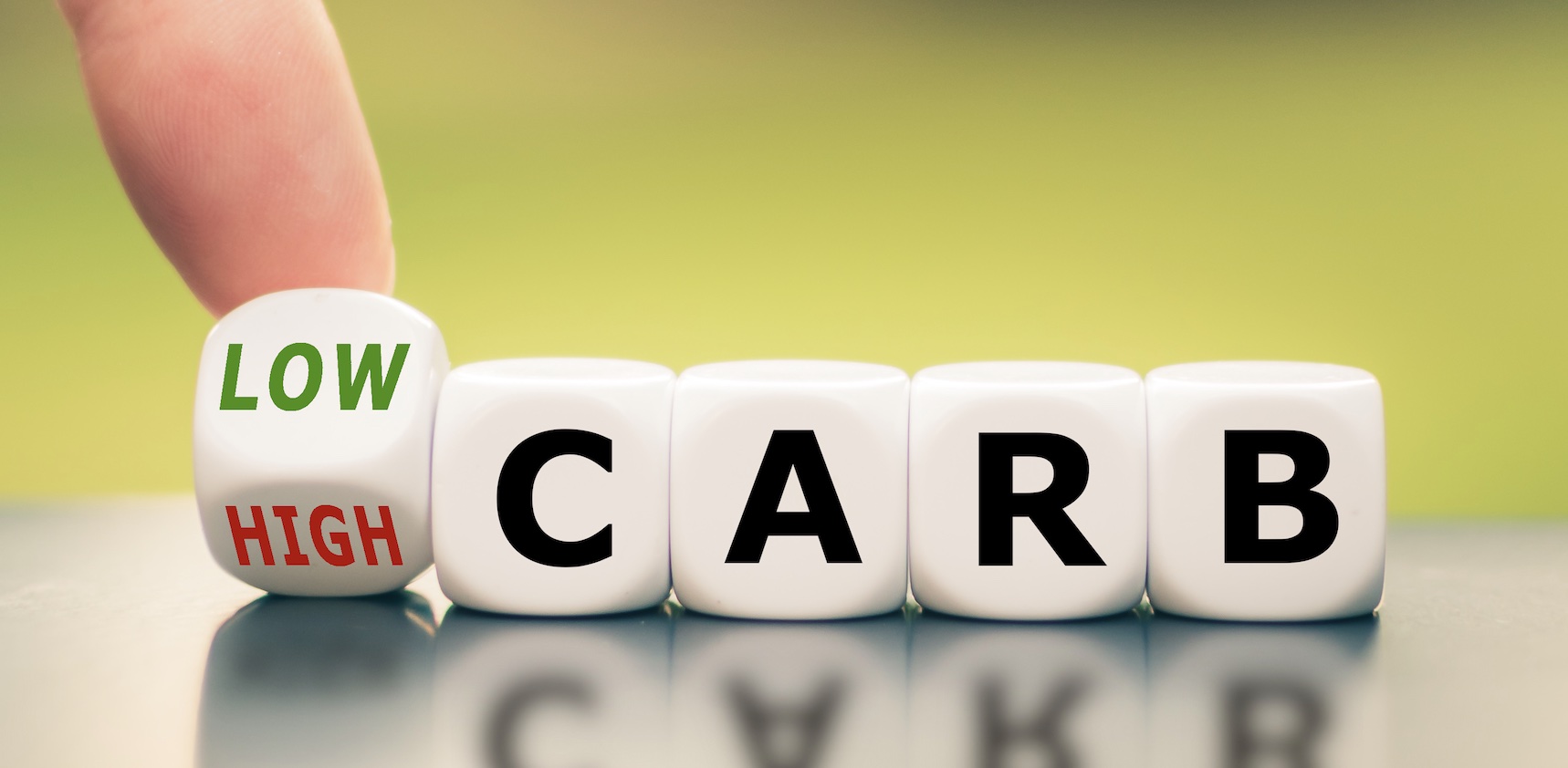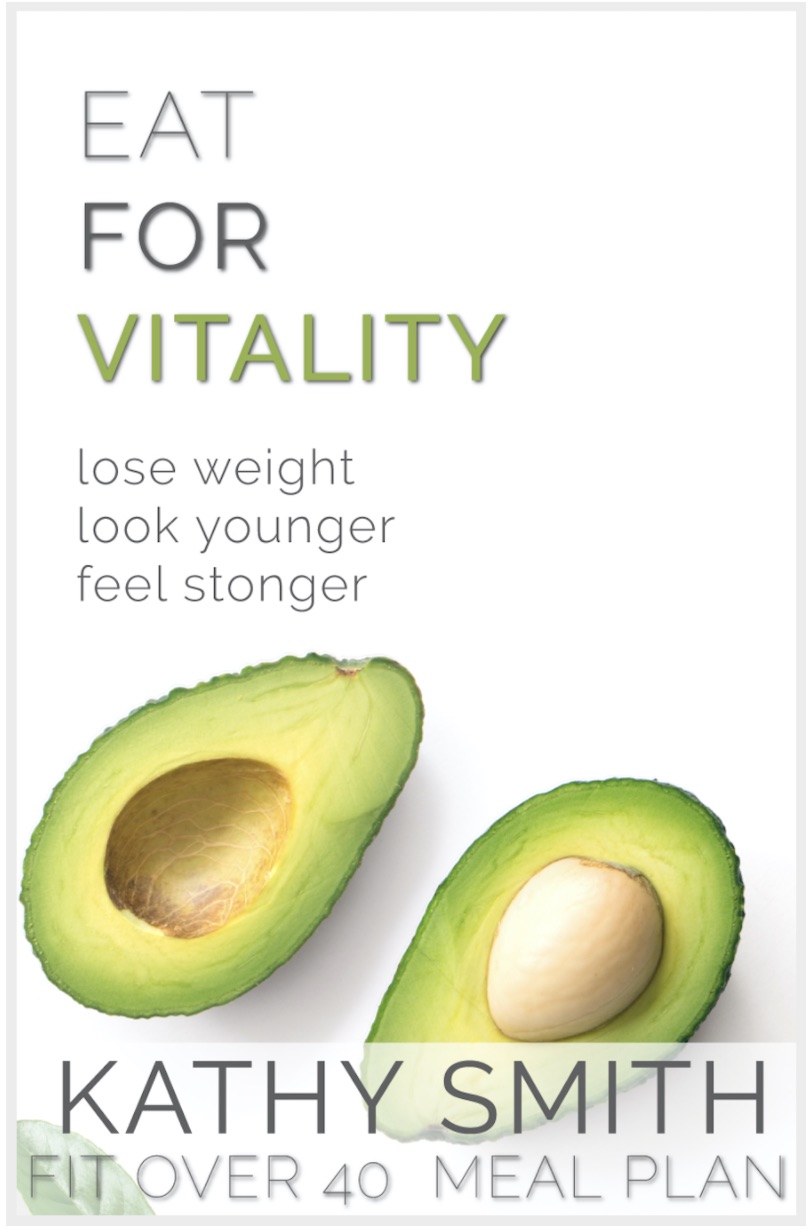The Strategic Approach to Carbohydrates…
CARB CYCLING

When it comes to diet and nutrition, carbohydrates are one of the most hotly debated macronutrients. Some diets completely eliminate them, while others embrace them wholeheartedly.
The truth lies somewhere in the middle – carbs are an important part of a balanced diet, but the types and timing of your carb intake matters greatly. This is the premise behind carb cycling, a strategic approach to carbohydrates.
Carbohydrates are the body’s preferred source of fuel, especially for high-intensity activities. They are broken down into glucose, which is used for energy by our cells, tissues, and organs. Without a sufficient carb intake, we can experience fatigue, brain fog, and impaired physical performance.
However, not all carbs are created equal.
There’s a big difference between “empty” carbohydrates and nutrient-dense sources.
Empty carbs like white breads, pastries, sodas, and candies provide calories and quick energy, but lack other beneficial nutrients.
Foods like vegetables, fruits, legumes, and whole grains deliver carbs along with fiber, vitamins, minerals, and antioxidants that support overall health.
For optimal well-being and longevity, try minimizing empty carbs while prioritizing nutrient-dense sources. This provides the benefits of carbs while limiting empty calories and blood sugar spikes.
Adjusting Carbs for Energy Expenditure
A key tenet of carb cycling is adjusting your carb intake to match your energy output and exercise demands.
On more sedentary days, lower carb intake can promote using stored body fat for fuel. But on highly active days involving more movement, then increasing carbs becomes essential to properly fuel your efforts and recover.
Start with a baseline of moderate carbs on regular days, then increase on high activity days, and decrease your carb intake on low activity/recovery days. The specific amounts depend on your size, activity levels, and individual metabolism.
For example, a moderately active person may consume 100-150g carbs on regular days, 200-300g on highly active days, and 50-100g on low activity days.
Carb cycling is all about intentionally adjusting your carbohydrate intake for your body’s specific energy needs each day. It avoids extreme carb restriction or overindulgence. Instead, it promotes fueling with nutrient-dense sources tailored to your demands, whether that’s lower carb for less active days, or higher carbs for more active days.
Carb cycling recognizes that carbs are an important part of the human diet – but the types and timing are key for optimizing health and longevity.





